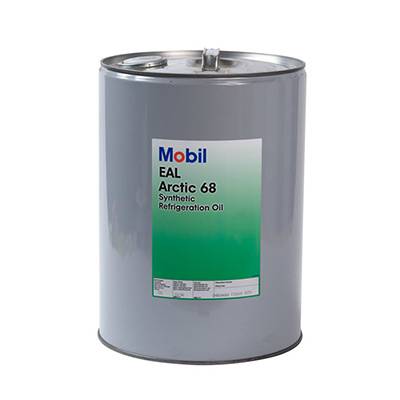නොවැ. . 15, 2024 23:26 Back to list
type of water valves
Understanding the Different Types of Water Valves
Water valves are essential components in various plumbing systems, controlling the flow and pressure of water in residential, commercial, and industrial applications. There are several types of water valves, each with unique features and applications. Understanding these different types can help in selecting the right valve for specific situations, ultimately ensuring efficient water management and system reliability.
1. Gate Valves
Gate valves are designed to allow or restrict the flow of water through a pipe. They are typically used in applications where a straight-line flow of fluid and minimal flow restriction is desired. The valve operates using a gate or wedge that moves up and down to either open or close the water flow. While gate valves provide a low-pressure drop and high flow capacity, they are not ideal for throttling purposes.
2. Globe Valves
Globe valves are commonly used for regulating flow. They have a spherical body with an internal baffle that provides a flow path. The valve's design allows for precise control of the flow rate, making them suitable for applications where modulation is necessary. Globe valves can be used in various settings, including water supply systems and steam lines.
3. Ball Valves
Ball valves utilize a spherical disc to control the flow of water. When the ball is rotated one quarter turn, it either opens or closes the valve. Ball valves are favored for their durability and ability to provide a tight seal, making them perfect for shutoff applications. They are available in various sizes and materials, catering to different pressure and temperature requirements.
type of water valves

4. Butterfly Valves
Butterfly valves consist of a circular disc that rotates within the pipe to regulate flow. These valves are compact and lightweight, making them suitable for applications with limited space. They are often used in large water supply systems where quick shutoff is needed. Butterfly valves are also cost-effective and can handle large volumes of fluid with minimal pressure drops.
5. Check Valves
Check valves prevent backflow in piping systems, ensuring that water flows in only one direction. They automatically close the valve when water attempts to flow backward, preventing contamination and damage to the system. Check valves are critical in preventing reverse flow in various applications, including wastewater and water supply systems.
6. Pressure Relief Valves
Pressure relief valves are designed to protect piping systems from excessive pressure, which can lead to system failure. These valves automatically open to relieve pressure when it exceeds a preset level, ensuring safety and integrity in water systems. They are important in both residential water heaters and industrial applications.
Conclusion
Selecting the right type of water valve is crucial for any plumbing system's efficiency and safety. The variety of valves available—ranging from gate valves to pressure relief valves—each serve specific purposes and applications. Understanding their functions and benefits can aid in making informed decisions when designing or maintaining water systems. Properly selected and installed water valves will enhance the performance, reliability, and safety of plumbing systems, ultimately leading to better water management.
-
Why Metric Trapezoidal Thread is Ideal for Precision Motion ControlNewsAug.05,2025
-
The Unique Properties of a Block of Granite for Industrial UseNewsAug.05,2025
-
The Role of Flanged Y Strainers in Preventing Pipeline ClogsNewsAug.05,2025
-
The Importance of Regular Calibration for Master Ring GagesNewsAug.05,2025
-
How a Cast Iron Surface Table Enhances Accuracy in ManufacturingNewsAug.05,2025
-
Comparing Different Check Valve Types for Optimal Flow ControlNewsAug.05,2025
Related PRODUCTS









